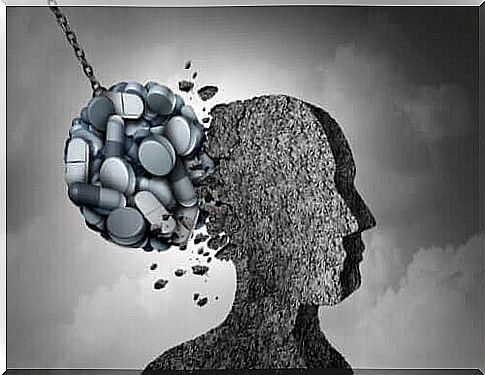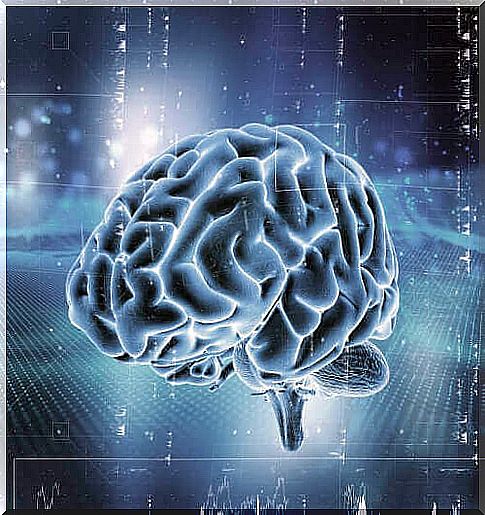Opioid Dependence: Why Is It Growing?

Opioid dependence occurs because of the action of the dopaminergic system in the brain, the same system that is responsible for controlling dopamine levels. The euphoria and respiratory depression he produces are the main culprits of addiction.
Opioid addiction is a real epidemic of our time, the origins of which date back to the 1980s, when people began to use this type of substance widely. You must remember that addiction affects both patients and doctors.
The constant use of such substances can lead to the development of addiction, the main features of which are the feeling of a strong need to consume certain substances. Many people lose control over the use of certain substances, despite the fact that such behavior has harmful consequences.
Opioid addiction is a chronic disease with frequent relapses. It often leads to a significant increase in the likelihood of death.
Choosing opioids as the basis of therapy always raises a lot of dilemmas. They appear when the positive effects of these drugs are assessed and compared with their negative effects – including addiction or overdose.
In addition, it should be emphasized that the risk of developing opioid dependence increases significantly when they are used for recreational purposes without medical indications. It doesn’t matter if a person is taking low or high doses or taking them other than recommended. The risk is high when it is taken along with alcoholic beverages.
Interestingly, doctors were much more cautious about prescribing opioids before the 1980s. However, some people have published articles based on the sparse scientific evidence claiming such drugs are safe. This is what led to their indiscriminate consumption.
Opioid addiction: how does it develop?
Opioid consumption affects the dopaminergic system in the brain, which is responsible for controlling dopamine levels. This substance is involved in many processes throughout the body. Repeated stimulation changes the plasticity of the brain.

Brain plasticity is one of the most important features of the human brain. It is it that allows him to revive and restructure. It enables neurons to regenerate, both anatomically and functionally, and to make new connections.
Therefore, if something destroys the plasticity of your brain, your ability to control compulsive acquisition and consumption of certain substances is diminished. Such a compulsion to seek and consume a given substance is called an addiction.
Characteristics of opioid addiction
Opiates have both advantages and disadvantages. Their benefits are related to euphoria and the stimulation of the reward system in the brain which they produce. The disadvantages, on the other hand, are the consequences of reducing pain. It is not only about physical pain, but also emotional pain, caused by stressful and traumatic events.

This is why people suffering from mental disorders show a much stronger restorative effect. This makes them even more vulnerable to addiction. There are studies that confirm this.
About 90% of opioid addicts develop additional mental disorders. The most common are:
- Depressive disorders,
- Alcoholism,
- Dissociative personality,
- Anxiety disorders.
Arousal caused by opioids in the brain’s reward system is one of the main reasons people consume medications on a regular basis. This is especially true in the early stages of addiction.
However, over time, there is a compulsion to consume opioids not only for the sake of pleasure. This increased compulsion is directly related to tolerance and addiction.
As stated earlier, the risk of dependence increases when opioids are used for purposes other than those prescribed and otherwise. This could be consuming a larger dose or taking it more directly than by mouth.
Another way to abuse opioids is by consuming them with other drugs or alcohol. This is because all substances of this type can interact, interact, and increase the risk of overdosing.
Summary
Opioid addiction is directly related to the regular activation of the dopaminergic system, which affects the plasticity of the brain. As a result, when using such substances, self-control is reduced.
Educating doctors about the proper use of such substances plays a key role. Besides, it is very important to run campaigns to help prevent such problems from occurring.









